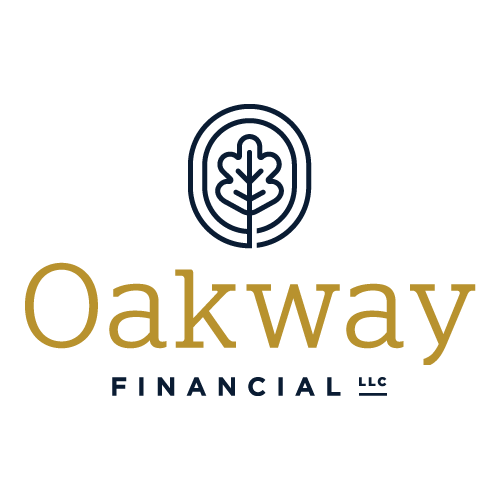New Job? Get Your Quick Start Guide to 401(k) Rollovers.
Overview
If you have left an employer, chances are you will want to consider rolling over your 401(k), 403(b), 457, or similar employer sponsored plan. In this guide, we will look at:
Considerations when doing a rollover
Establishing your IRA account
Options for investing within your new account.
To roll of not to roll?
Times you may NOT want to rollover your 401(k):
If you have existing loans against your 401(k) plan, your loan balance can become due at the time of the rollover. If you do not have the funds to pay off the loan, it could be best to wait until you can do so.
If you are considering filing for bankruptcy, leaving funds in your 401(k) may offer you the best asset protection during bankruptcy.
Times you may want to rollover your 401(k):
When you pay high fees within the 401(k) plan. Once you lose your employer’s contribution match, the higher costs associated with 401(k) plans may no longer be worth paying.
When you have multiple retirement accounts. You can consolidate these accounts into a single individual retirement account, making it easier to manage your money.
When your former employer’s plan has limited options. IRA accounts allow you to take advantage of thousands of investment options that may better suit your goals.
When you are looking for better control and customer service over your retirement than dealing with an employer you are no longer working for.
Steps to open an IRA
Decide whether a traditional IRA or ROTH IRA is right for you. The primary difference is when you pay taxes on your retirement funds. In a traditional IRA you will receive a tax write off in the year your contribution is made, then pay taxes on all withdrawals taken in retirement. In a ROTH your taxes are paid up front, as your contributions are not tax deductible. The advantage being you can take withdrawals of both principal and interest earnings tax free as long as you are in accordance with ROTH guidelines. Your current income tax bracket, current age, and future earning projections should all be considered. In general, if you are young and have not reached your peak earning years, it is a great time to look into a ROTH options.
Choose your new IRA plan and custodian. There are dozens of companies to act as your custodian and thousands of plans to choose from. Fortunately, the new plan provider will handle most of the rollover work for you. Banks, insurance companies, and trust companies can all act as IRA custodians. Choose a reputable company with strong financial ratings who offers plans in line with your individual situation.
Elect a Direct Rollover when possible. Most 401(k) plans give you the option to do a “direct rollover” which makes your life much simpler when tax time comes around. In a direct rollover, your retirement funds move directly from the old plan provider to the new provider, and is a non-taxable event. Indirect rollovers have mandatory tax withholdings and a specific timeline that needs to be followed in order to avoid any penalties.
Investment Options in your IRA
From individual stocks to index funds and annuities, one of the major advantages of an IRA is the selection it allows you. The average 401(k) plan offers limited investment options, while IRAs have thousands to choose from. This gives you the ability to pick a plan tailored to your unique situation. A good way to narrow down these options is to consider your:
Risk tolerance. Are you ok with potentially losing money in order to chase the highest possible returns? Does guaranteeing you won’t lose any of your principal seem more appealing to you? Perhaps you are somewhere in between? Regardless of where you fall on the spectrum, it’s important to know what you are willing to risk before choosing any given plan.
Financial goals & timelines. How many years do you have until retirement? How much money will you need at that time? What other debt or savings goals are you working towards? The perfect plan for a 30 year old, would likely be a bad choice for a 65 year old so pick a plan that aligns with the timeframe you anticipate starting withdrawals.
Fees. It’s important to understand what expenses you should anticipate, as these can vary and be charged in different ways. Although IRAs generally have a lower cost to run than 401(k)s, it’s still important to compare the costs between plans you are considering. Check the expense ratio, participations rates, administrative costs, etc. and go with a plan that provides the benefits you desire, without paying for expenses that you do not need.
Summary
Anytime you leave a job, take the opportunity to reevaluate your finances. Consider doing a rollover if you can reduce the fees you pay, find a plan that suits you better, or simplify your accounts to better manage your money.
Are you ready to take the next step but need some guidance along the way? We are here to help. Reach out with questions or to schedule a free consultation.

